ORA® Captive-Bred Aiptasia Eating Filefish
-
This ORA® Captive-Bred Fish is also called The Bristletail Filefish, Matted Leatherjacket, Tomentosus Filefish, or Matted Filefish. In the wild, the Aiptasia Eating Filefish prefers the water depths of the seagrass areas. This adds additional camouflage to the already distinctive color pattern, it is scattered green, brown, and tan, which changes based on its surroundings and mood.
They aren't antagonistic to other fish unless they are those belonging to the genus it is a part of. It is ideal for home aquariums that are 30 gallons or greater and do not have tiny invertebrates.
Aiptasia Eating Filefish is known to feed on Aiptasia anemones within the aquarium in the home, however, it could also nibble at delicate and stony corals too. The diet should consist of shredded shrimp, squid mysis shrimp, scallops and freeze-dried krill that has been soaked in vitamin supplements as well as the frozen sea algae. In the case of Aiptasia, Eating Filefish needs to be fed small portions of food at least once every day.
They are known to spawn in captivity and males tend to be larger than females. The fish can be easy to sex with males sporting fine bristle-like hairs that run along each side of their body, down the caudal peduncle, or the bottom of the tail.
Approximate Purchase Size: 1" to 1-1/2"
- Description
- Additional Information
- Reviews
ORA® Captive-Bred Aiptasia Eating Filefish Info
One of the most effective alternatives to rid an aquarium of invading Aiptasia as well as Glass Anemones is the ORA Aiptasia Eating Filefish (also called the Matted Leatherjacket or Bristletail Filefish.) In the wild, the Aiptasia Eating Filefish is located in seagrass beds that are shallow in which its camouflage pattern hides it from hunters and predators. Naturally, it is found in shades of tan, green or brown, it's able to swiftly alter its mottled patterns based on its surroundings or mood. They can grow to a maximum that ranges from 3.5 or 4 inches, and are tranquil among other species of fish. Males have a distinct bristle patch on the bottom of the tail that makes determining the sex fairly simple.
Diet of ORA® Captive-Bred Aiptasia Eating Filefish
The majority of Aiptasia-eating fish eat the nuisance Aiptasia which makes them intriguing and useful for the aquarium at home. It is good to know that they aren't special feeders, as well. Aiptasia anemones do not constitute their only food source. They will eat about anything in the aquarium that is a common food. It can take days or weeks before they begin feeding on Aiptasia and in some instances, a specific fish may not be fond of Aiptasia. Certain hobbyists have reported that they'll even consume Bristleworms and even eat them, something that we haven't yet seen.

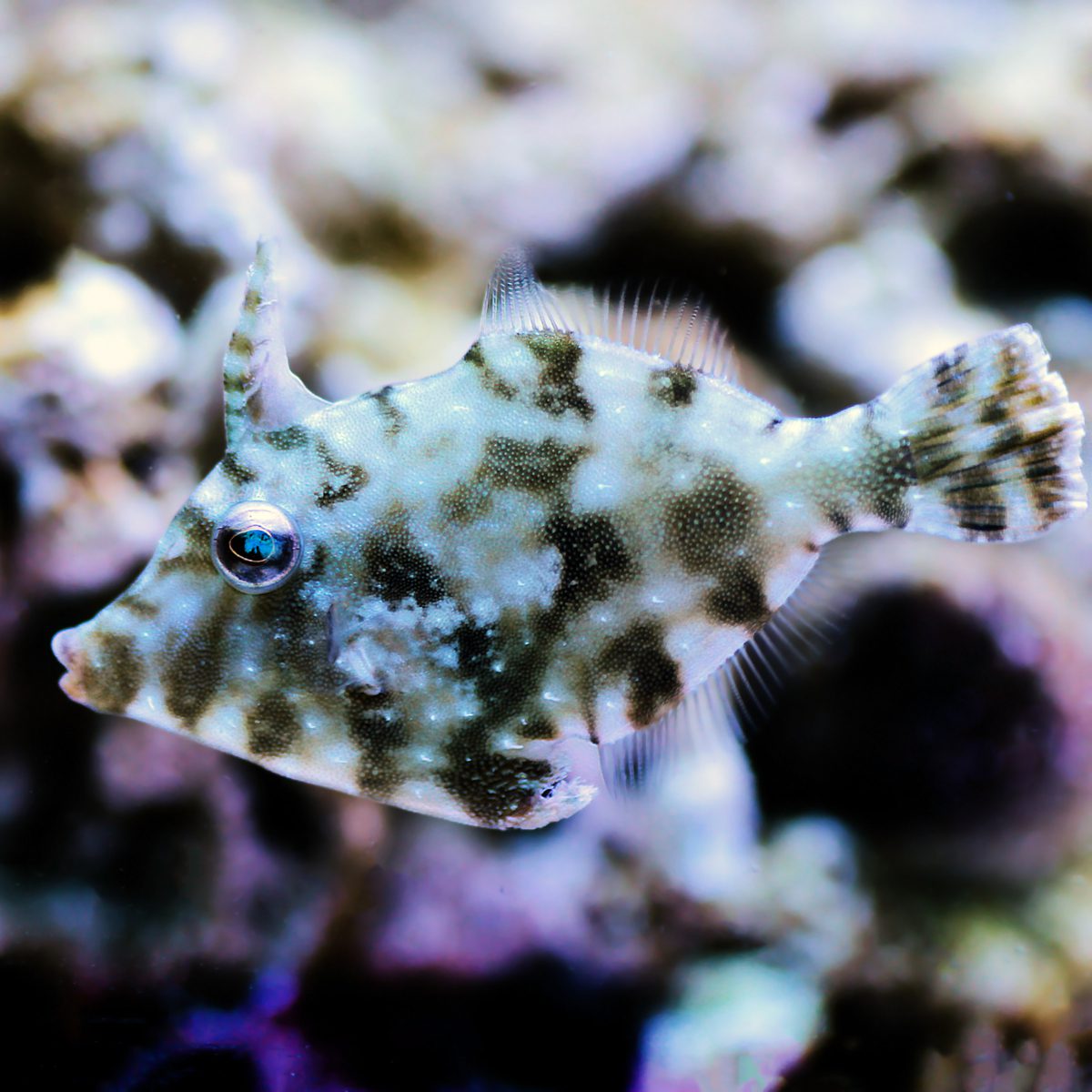
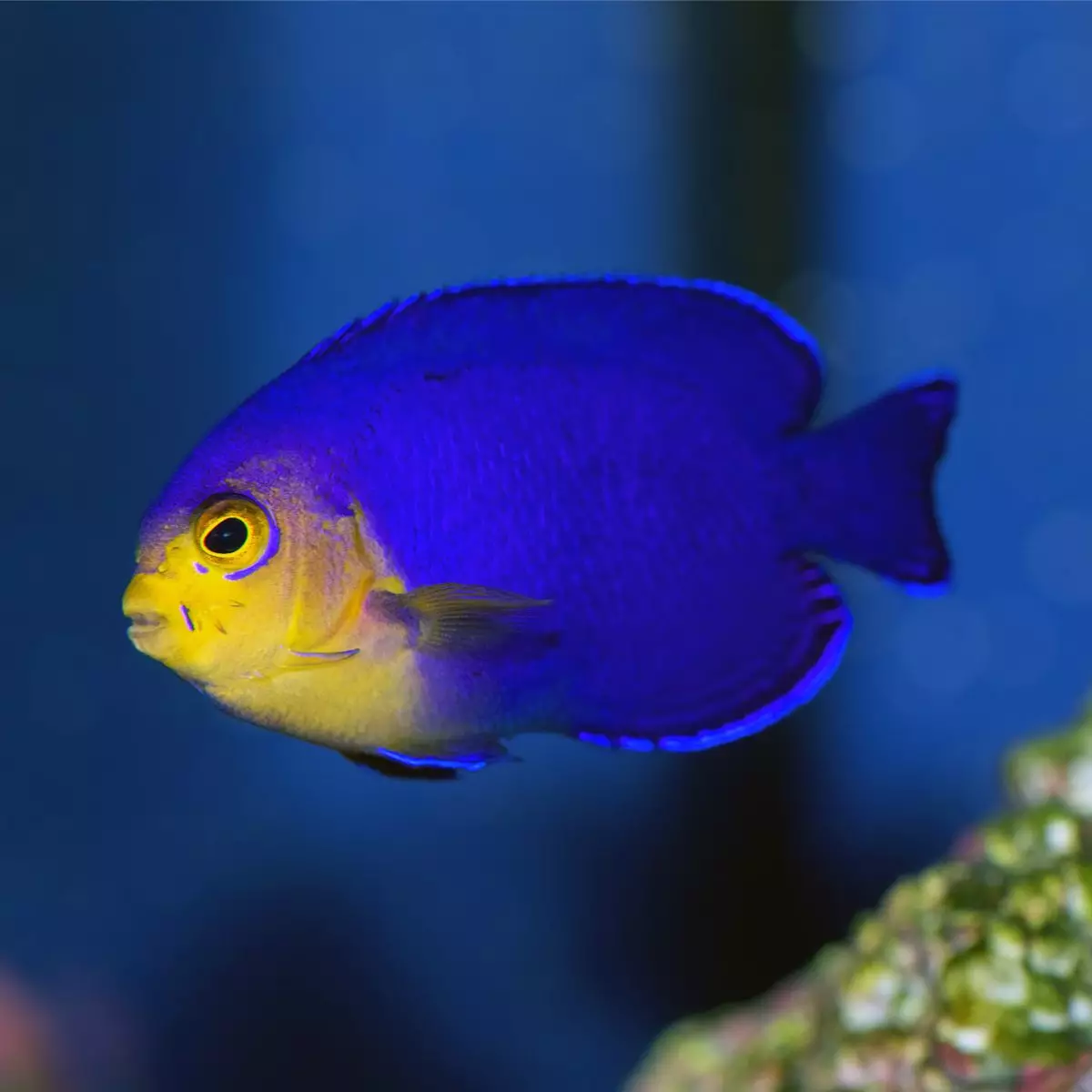
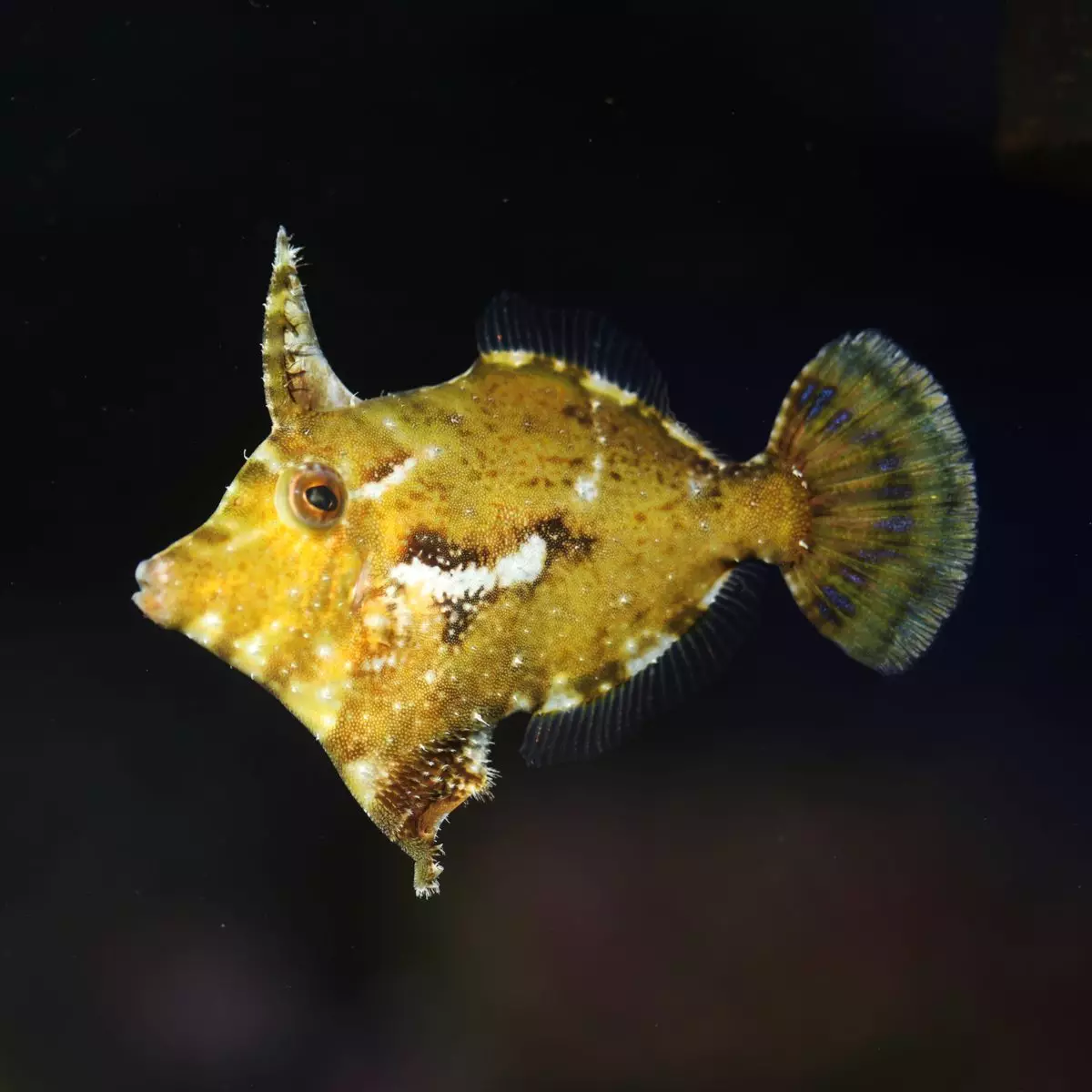
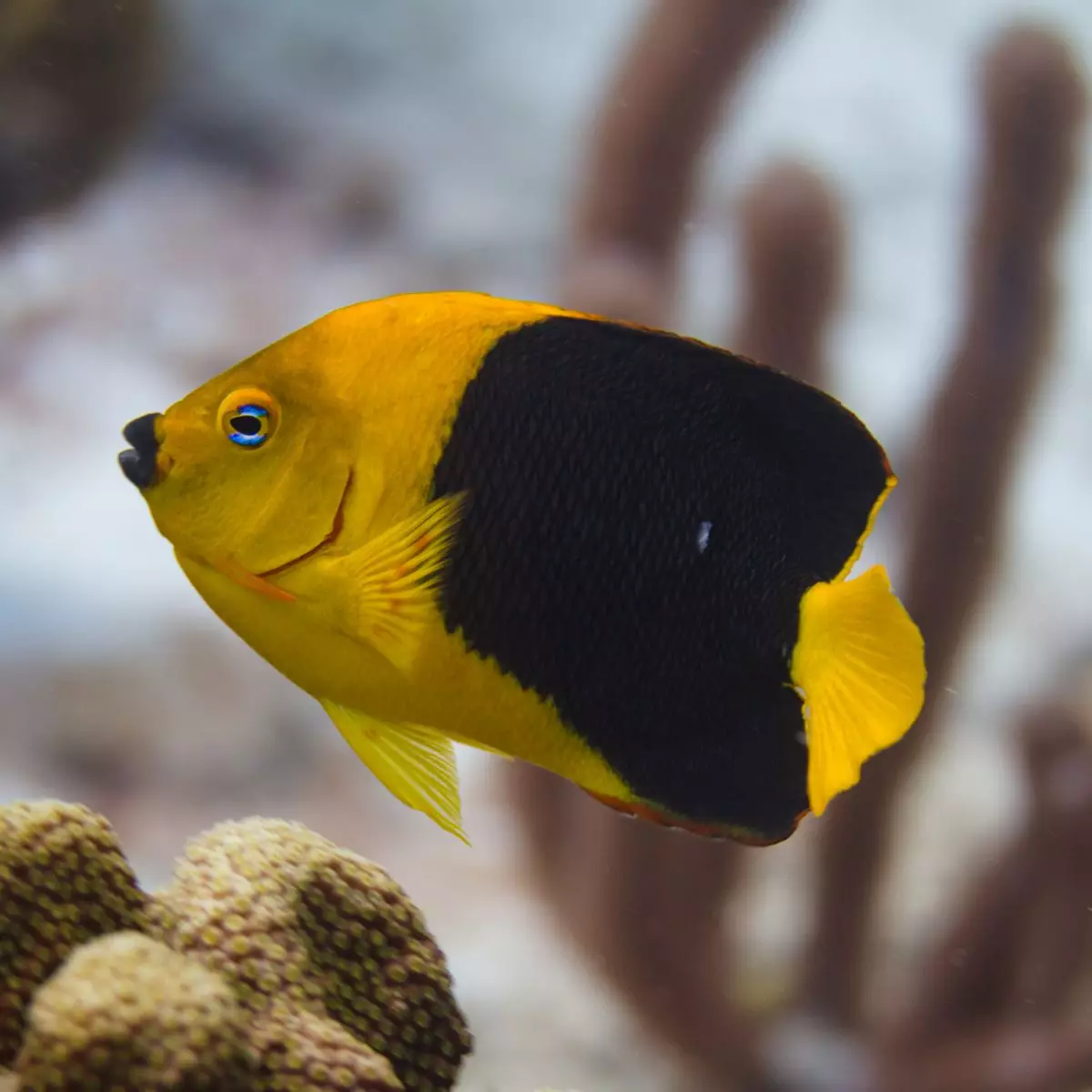
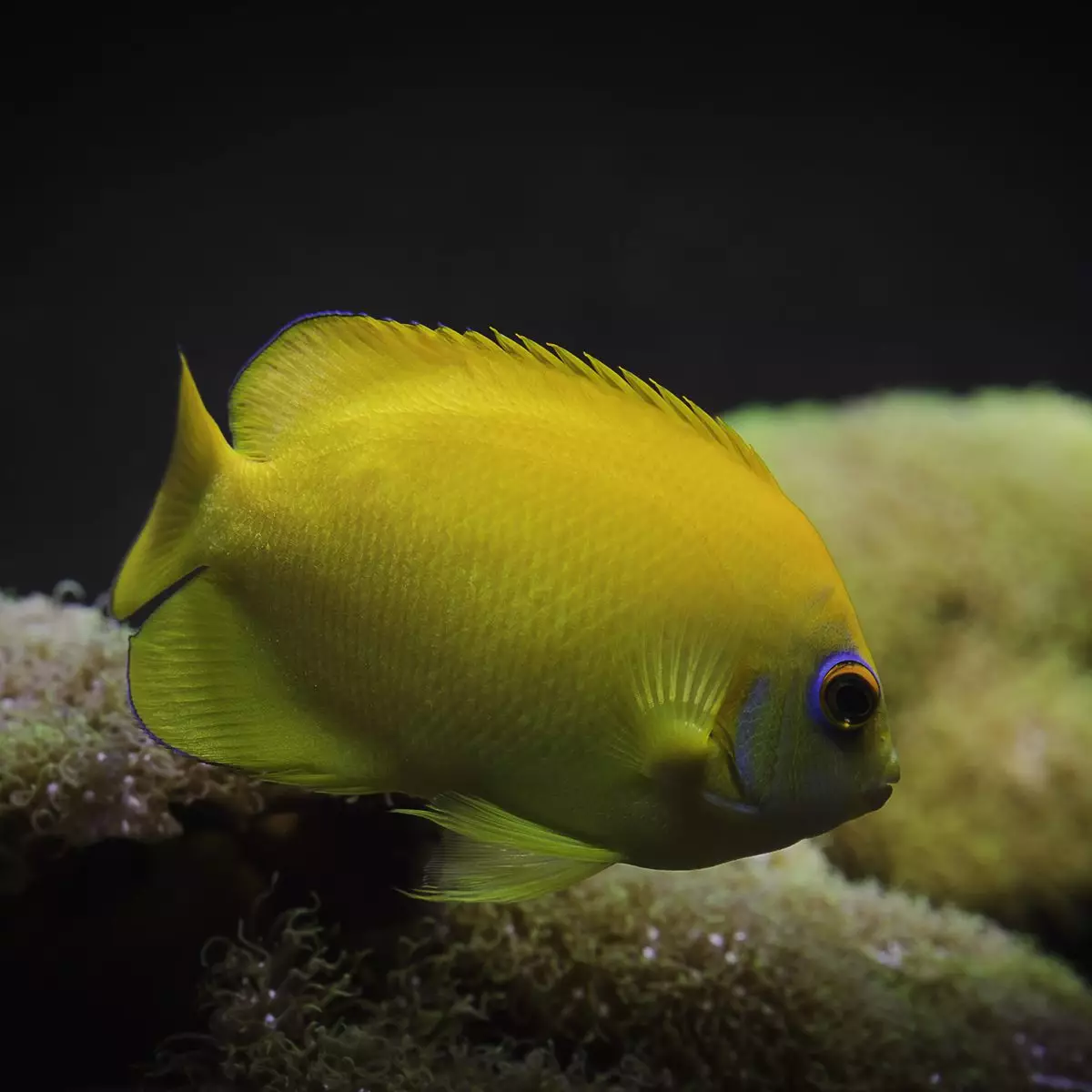
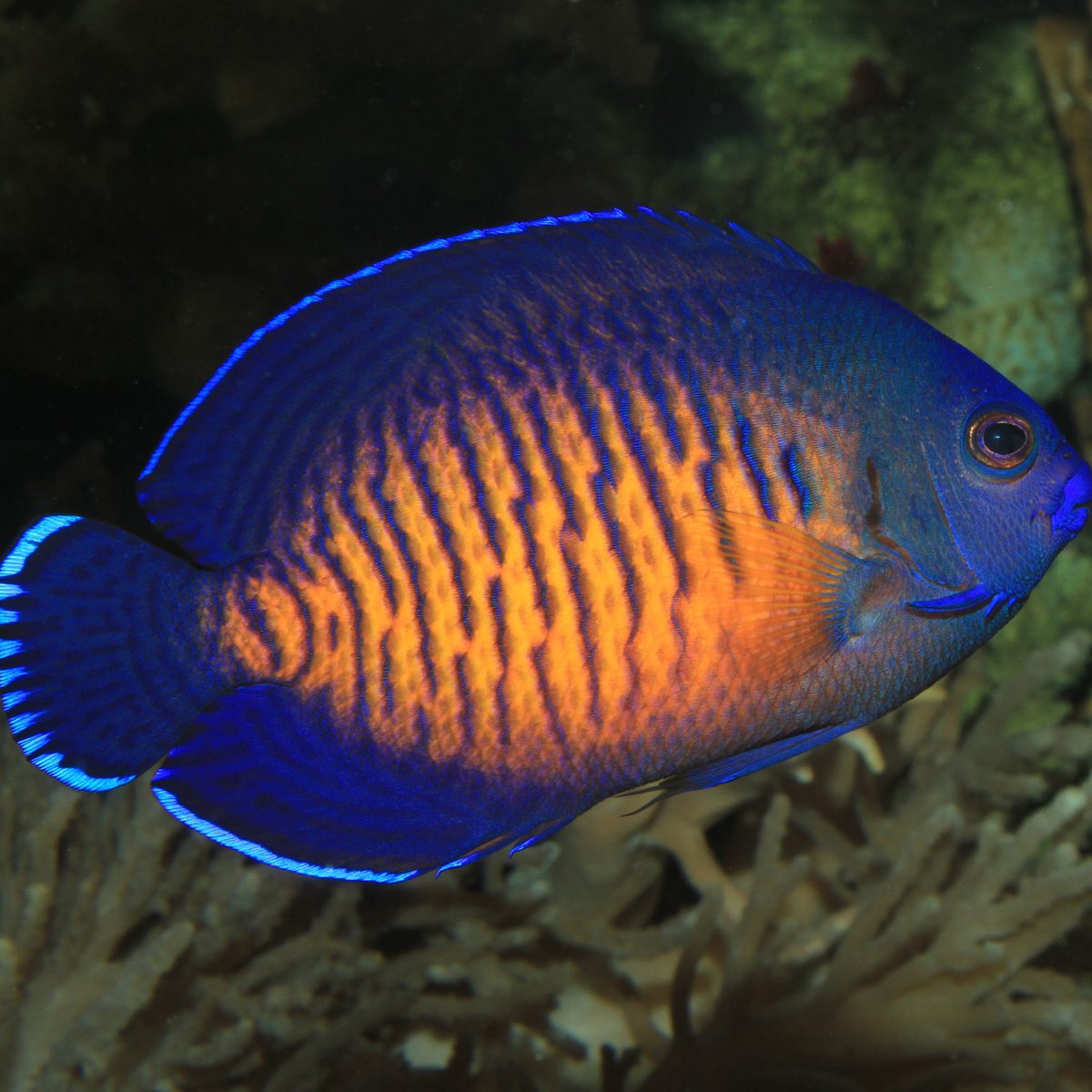
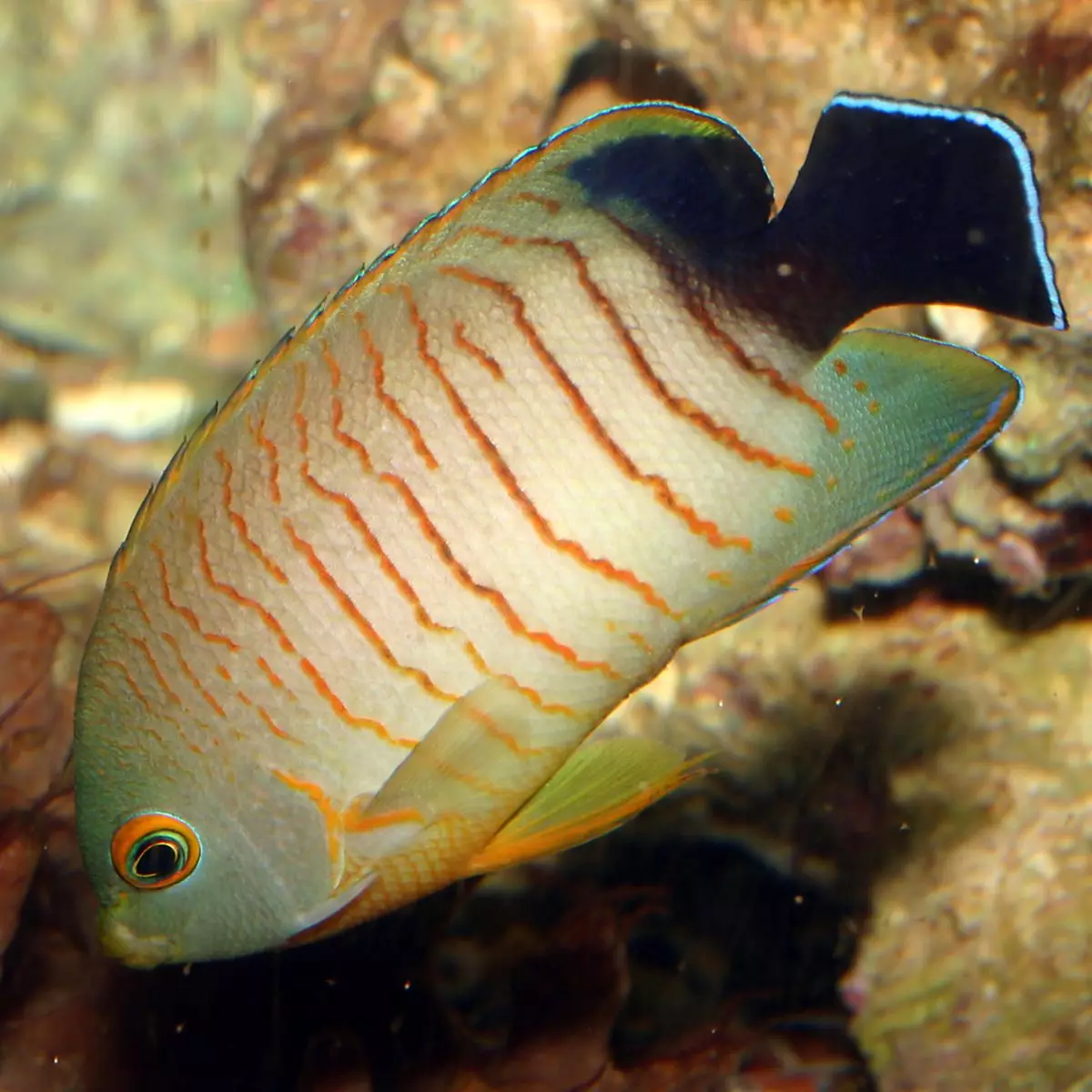
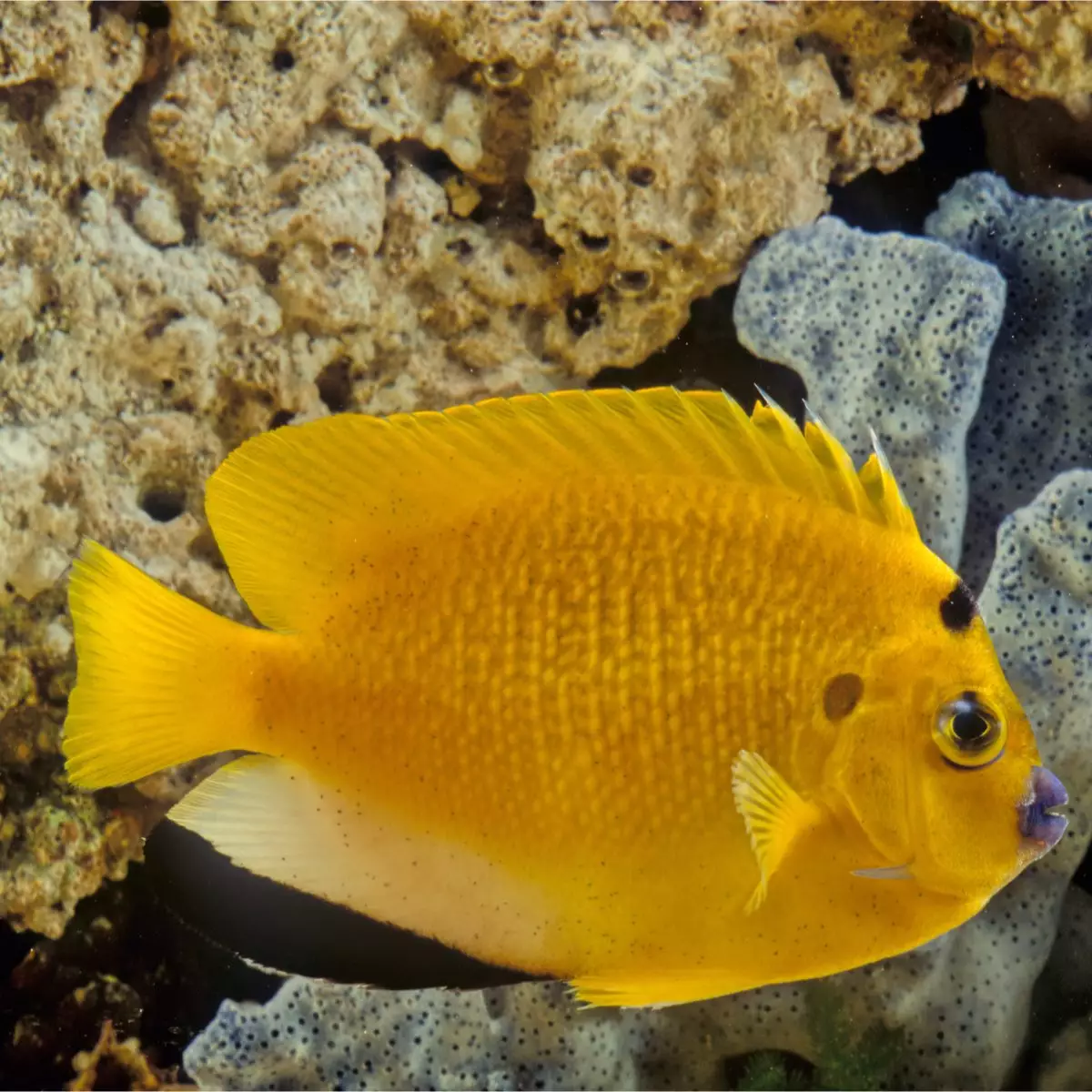
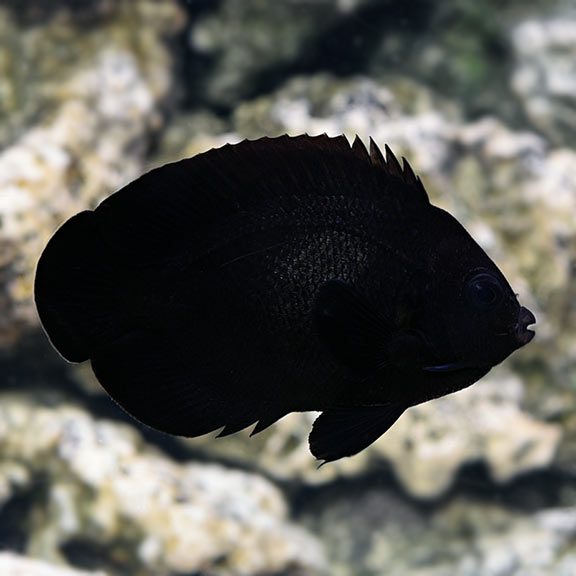

Reviews
There are no reviews yet.